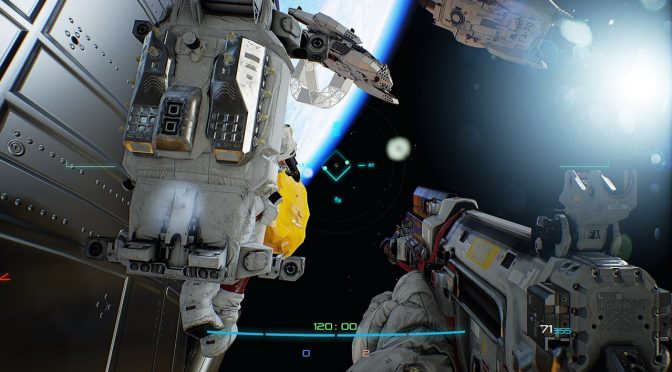
Surgical Scalpels showcases Boundary’s Ray Tracing effects with this Benchmark Video
by John PapadopoulosSurgical Scalpels today revealed how they are harnessing the power of real-time ray tracing for its near-future multiplayer shooter Boundary with its Ray Tracing Benchmark. With the team’s aspirations to provide the best in-game resolution and visual perception in an environment where physics, lighting and surface reflections require different texture effects, developer Surgical Scalpels has embraced the power of real-time ray tracing to bring a more ‘visual edge’ to the game.
Said Frank Mingbo Li, Technical Director at Surgical Scalpels, said:
“The Ray Tracing benchmarking is important for Boundary, as a team we’ve always strived to bring a level of real world realism that takes Boundary to a whole new level. Real-time global illumination is the prominent ray tracing feature of the benchmark. With these visual technologies, we can definitely go further beyond our current graphic state. This will allow us to be more realistic and more precise”.
Boundary’s realistic space environments feature complex space structures and orbiting facilities for players to navigate around. Some of these environments utilize large reflective surfaces such as solar panels and glass. The benchmark facilitates ray traced reflections on opaque and translucent surfaces. Boundary’s ray tracing benchmark improves real-time, cinematic-quality rendering, further enhancing things like shadows and ambient occlusion.
Boundary was previously one of the winners of the DXR Spotlight contest in China. That contest saw several developers compete in building tech demos in Unreal Engine 4.22 featuring Microsoft DirectX 12 and DirectX Raytracing.
There is currently no ETA on when this multiplayer shooter will come out. We also don’t know whether the team plans to release this benchmark to the public. On the other hand, you can find the game’s official PC system requirements here.
Enjoy and stay tuned for more!
John Papadopoulos


John is the founder and Editor in Chief at DSOGaming. He is a PC gaming fan and highly supports the modding and indie communities.Before creating DSOGaming, John worked on numerous gaming websites. While he is a die-hard PC gamer, his gaming roots can be found on consoles. John loved - and still does - the 16-bit consoles, and considers SNES to be one of the best consoles. Still, the PC platform won him over consoles. That was mainly due to 3DFX and its iconic dedicated 3D accelerator graphics card, Voodoo 2. John has also written a higher degree thesis on the "The Evolution of PC graphics cards." Contact: Email